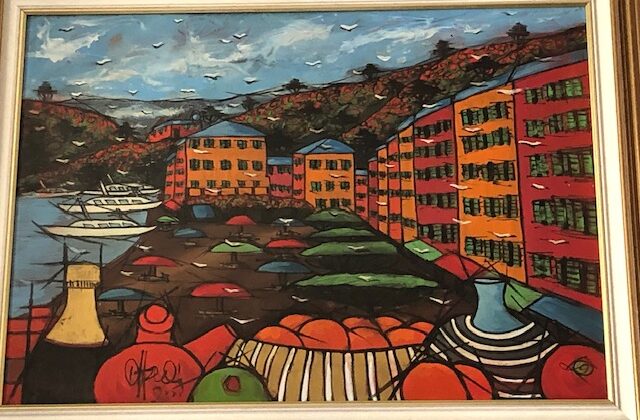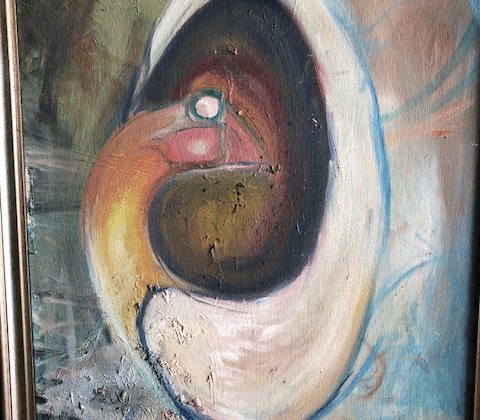1932 – Picasso in one year
Francesco Carelli, University of Milan – 1932 was an extraordinary year for Picasso, even by his own standards.
His painting reached a new level of sensuality and he cemented his celebrity status as the most influential artist of the early 20th century. Over the course of this year he created some of his best loved works, including Nude Woman in a Red Armchair, confident colour-satured portraits and Surrealist experiments, including thirteen seminal ink drawings of the Crucifixion. His virtuoso paintings also riffed on the voluptuous sculptures he had produced some months before at his new country estate.
Between March and September 2018 , Tate Modern stages its first solo exhibition of Pablo Picasso’s work. It takes visitors on a month-by-month journey through 1932, a time so pivotal in Picasso’s life and work that it has been called his ” year of wonders “. More than 100 outstanding paintings, sculptures and works on paper demonstrate his prolific and restlessly inventive character. They strip away common myths to reveal the man and the artists in his full complexity and richness. The exhibition brings artistic and personal dynamics to life with an unprecedented range of loans from collections around the world, including many record-breaking works held in private hands.
In his personal life, throughout 1932, Picasso kept a delicate balance between tending to his wife Olga Khokhlova and their 11-year-old Paulo, and his passionate love affair with Marie-Therese Walter, 28 years his junior.
1932 was a time of invention and reflection. Having recently turned 50, in collaboration with Christian Zevos, Picasso embarked on the first volume of what remains the most ambitious catalogue of on artist’s work ever made, listing more than 16,000 paintings and drawings. Meanwhile, a group of Paris dealers beat international competition to stage the first ever retrospective of his work, a major show that featured new paintings alongside earlier works in a range of different styles. Realist portraits of Olga and Paulo revealed Picasso’s feelings of pride and tenderness for his family, while his sexually charged new paintings unveiled for the first time the presence of the secret woman of his life. This included the iconic trio of Nude, Green Leaves and Bust, Nude in a Black Armchair and The Mirror, widely regarded as a pinacle of Picasso’s artistic achievement of the inter-war period.



